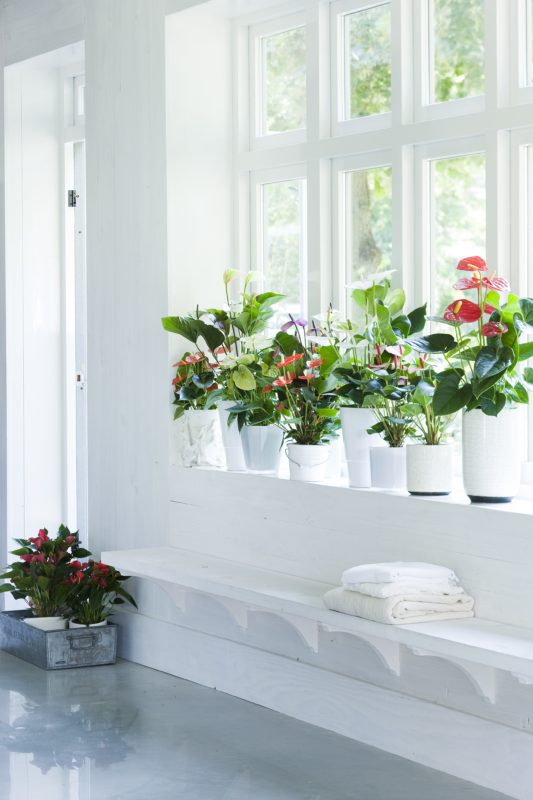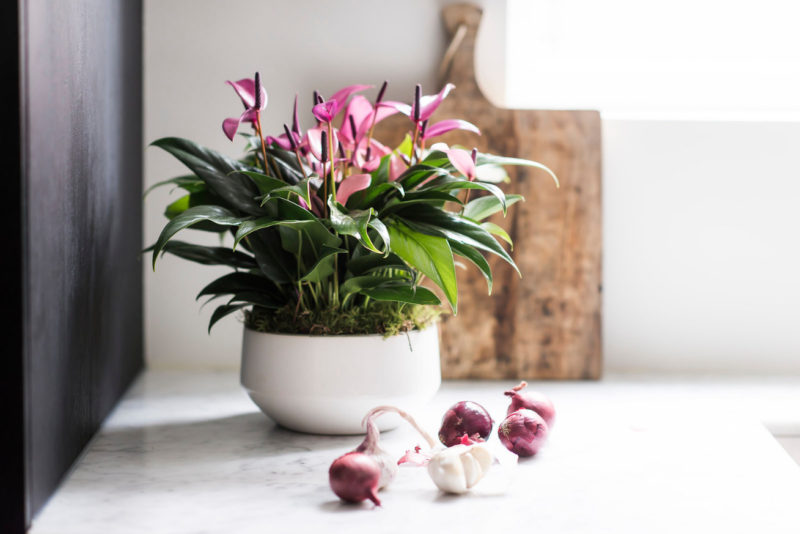Top 4 Common Mistakes in Anthurium Care
Caring for Anthuriums is generally straightforward, but avoiding common mistakes can make all the difference. This guide will highlight the four most common mistakes in Anthurium care, ensuring you can steer clear of them and keep your Anthuriums thriving.
Most common mistakes
Overwatering your Anthurium
Overwatering an Anthurium can lead to root rot, a condition caused by water stagnation. Always check the potting soil first. If it feels moist, wait before watering again. Typically, it would be best if you watered an Anthurium once a week in winter and twice a week in summer. Remember, it’s better to underwater than overwater an Anthurium.

Placing on the Windowsill
While many people opt to place their Anthurium on a windowsill for direct sunlight, this can lead to the plant’s leaves burning. While Anthuriums thrive in warmth, it’s best to position them in a bright spot away from direct sunlight. A little shade can go a long way in preserving the health of your Anthurium.
Also read: Explained: the difference between direct and indirect sunlight

Not removing unhealthy leaves
When watering your Anthurium, check for any unhealthy or dead leaves. If you find any, remove them immediately. Otherwise, the plant will continue to invest energy in these leaves, diverting resources from healthy growth. Regularly pruning away unhealthy foliage ensures your Anthurium directs its energy towards new and vibrant growth.
Not repotting
It’s crucial to monitor whether your Anthurium has outgrown its current pot. Repotting is essential for the plant’s continued health and growth. When repotting, ensure the new pot is at least twenty percent larger in diameter than the old one, providing ample space for the Anthurium to flourish. Spring is the optimal time for repotting, as the increased daylight hours stimulate new bud formation, promoting a healthy and thriving plant.



